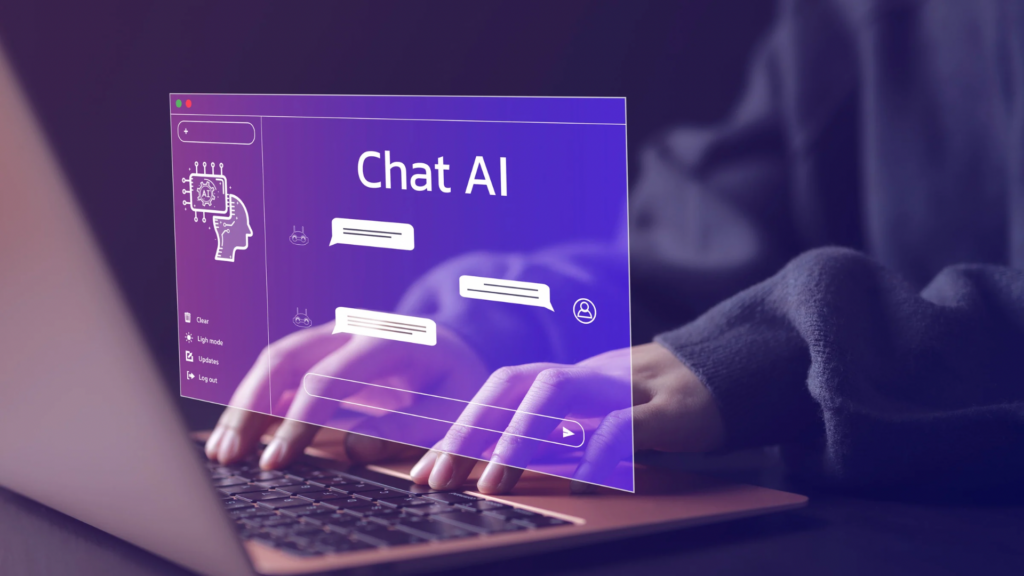How to Implement AI in Your Business: A Comprehensive Guide


Integrating artificial intelligence (AI) into your business can drive significant efficiencies, enhance decision-making, and create new revenue opportunities. This guide will walk you through the process of implementing AI solutions, provide case studies and examples of successful AI integrations, and showcase the transformative impact and benefits.
Understanding AI and Its Business Applications
Artificial Intelligence (AI) refers to the simulation of human intelligence in machines that are programmed to think and learn like humans. AI applications include machine learning, natural language processing, computer vision, and robotics, among others.
Steps to Implement AI in Your Business
- Identify Business Needs and Objectives
- Assess Pain Points: Evaluate your current processes and identify areas where AI can solve problems or improve efficiency.
- Set Clear Objectives: Define what you want to achieve with AI, such as increasing productivity, reducing costs, or enhancing customer experience.
- Build a Knowledge Base
- Educate Your Team: Ensure your team understands AI concepts and their potential applications. This can be done through workshops, online courses, or hiring AI consultants.
- Research AI Technologies: Explore various AI technologies and tools that can meet your business needs. This includes understanding different AI models, platforms, and software.
- Develop a Strategy
- Create a Roadmap: Develop a detailed implementation plan, outlining steps, timelines, and milestones.
- Allocate Resources: Identify the resources needed, including budget, technology, and skilled personnel.
- Choose the Right AI Solutions
- Custom vs. Off-the-Shelf Solutions: Decide whether to build custom AI solutions tailored to your business or to use existing AI platforms and tools.
- Vendor Selection: If opting for third-party solutions, evaluate vendors based on their expertise, technology, and support services.
- Data Collection and Preparation
- Data Gathering: Collect relevant data needed for training AI models. Ensure data quality and completeness.
- Data Cleaning and Labeling: Clean and label data to ensure it is structured and ready for AI processing.
- Develop and Train AI Models
- Algorithm Selection: Choose the appropriate algorithms for your AI application, such as machine learning models or neural networks.
- Model Training: Train your AI models using the collected data. This process involves feeding data into the model and refining it to improve accuracy.
- Test and Validate AI Models
- Pilot Testing: Implement a pilot project to test the AI solution in a controlled environment.
- Validation: Validate the AI model’s performance by comparing its predictions or outputs against real-world data.
- Deploy and Monitor AI Solutions
- Deployment: Roll out the AI solution across your business. Ensure it integrates seamlessly with existing systems.
- Continuous Monitoring: Regularly monitor the AI system’s performance and make necessary adjustments to optimize results.
- Evaluate and Iterate
- Performance Evaluation: Assess the impact of AI on your business objectives. Measure key performance indicators (KPIs) such as efficiency gains, cost savings, and customer satisfaction.
- Continuous Improvement: Continuously refine and improve your AI models and strategies based on feedback and performance data.
Case Studies and Examples of Successful AI Implementations
Example 1: AI in Customer Service
Case Study: Bank of America’s Erica Bank of America implemented an AI-powered virtual assistant named Erica to enhance customer service. Erica uses natural language processing (NLP) to understand and respond to customer queries via voice, text, and chat interfaces. Since its launch, Erica has handled millions of customer interactions, resulting in improved customer satisfaction and reduced operational costs.
Example 2: AI in Supply Chain Management
Case Study: Amazon’s AI-Driven Supply Chain Amazon utilizes AI to optimize its supply chain and logistics operations. AI algorithms predict demand, manage inventory, and optimize delivery routes. This has resulted in faster delivery times, reduced costs, and increased customer satisfaction. The AI-driven approach allows Amazon to maintain its competitive edge in the e-commerce market.
Example 3: AI in Marketing and Sales
Case Study: Netflix’s Personalized Recommendations Netflix uses AI to analyze user viewing patterns and provide personalized content recommendations. This AI-driven recommendation system has significantly increased user engagement and retention. By leveraging machine learning algorithms, Netflix can predict what users want to watch next, enhancing their overall experience.
Transformative Impact and Benefits of AI
- Increased Efficiency and Productivity
- Automation of Routine Tasks: AI can automate repetitive tasks, freeing up employees to focus on more strategic activities.
- Enhanced Decision-Making: AI provides data-driven insights that help businesses make informed decisions quickly.
- Cost Savings
- Reduced Operational Costs: AI can streamline operations, reduce waste, and lower labor costs through automation and optimization.
- Optimized Resource Allocation: AI helps in efficient allocation of resources, minimizing costs and maximizing output.
- Improved Customer Experience
- Personalization: AI enables personalized interactions, improving customer satisfaction and loyalty.
- 24/7 Support: AI-powered chatbots provide round-the-clock customer support, enhancing the overall customer experience.
- Competitive Advantage
- Innovation: Businesses that adopt AI can innovate faster and stay ahead of competitors.
- Scalability: AI solutions can scale with business growth, providing long-term benefits.
Conclusion
Implementing AI in your business can drive transformative changes, improve efficiency, and create new opportunities for growth. By following the steps outlined in this guide—identifying business needs, building a knowledge base, developing a strategy, choosing the right AI solutions, preparing data, developing and training models, testing, deploying, and continuously evaluating—you can successfully integrate AI into your operations. The success stories of Bank of America, Amazon, and Netflix demonstrate the significant impact of AI on various industries. Embracing AI can position your business for long-term success and innovation.